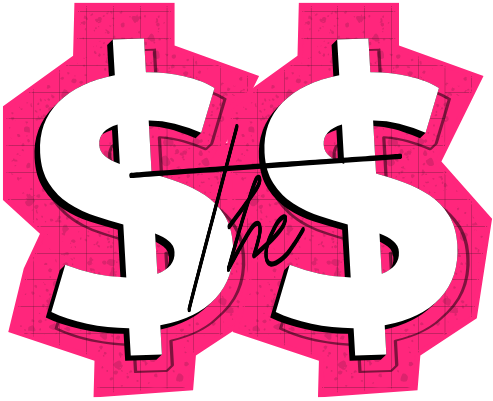An email newsletter is a regularly distributed email communication that is sent to subscribers who have opted-in to receive updates, news, promotions, or other information from a company or organization. Email newsletters are typically used for marketing purposes and can include a variety of content, such as product or service updates, company news, blog posts, event announcements, or special offers.
- Newsletter: A regularly distributed publication containing news, updates, or information of interest to a specific audience. (ref.: email marketing glossary)
- Subscriber: An individual who has opted to receive newsletters from a particular sender or organization.
- Open Rate: The percentage of delivered newsletters that are opened by the recipients.
- Click-Through Rate (CTR): The percentage of newsletter recipients who click on at least one link contained in the newsletter.
- Conversion Rate: The percentage of newsletter recipients who completed the desired action, such as making a purchase.
- Bounce Rate: The percentage of sent newsletters that were not delivered successfully to the recipient’s inbox. (ref.: bounce rate glossary)
- Opt-in: The explicit permission given by individuals to receive newsletters from a particular sender.
- Opt-out: The process of unsubscribing from a newsletter to stop receiving it.
- Segmentation: Dividing a newsletter audience into smaller groups based on shared characteristics or behavior.
- Personalization: Tailoring newsletter content to individual subscribers based on their preferences or behavior.
- Lead Magnet: An incentive offered to potential subscribers to encourage them to join a newsletter.
- Landing Page: A web page designed for a specific purpose, often used in newsletters to encourage actions like purchases.
- Call-to-Action (CTA): A prompt encouraging the recipient to take a specific action, such as clicking a link or making a purchase.
- Responsive Design: Designing newsletters to be easily readable and functional on various devices, including mobile.
- HTML Newsletter: Newsletters that use HyperText Markup Language for formatting and styling.
- Plain Text Newsletter: Newsletters that contain only text without any formatting or HTML.
- Sender Score: A numerical score assigned to newsletter senders, indicating their reputation and trustworthiness.
- Blacklist: A list of newsletter senders identified as spammers, causing their newsletters to be blocked or filtered.
- Whitelist: A list of trusted newsletter senders whose newsletters are allowed to bypass spam filters.
- Double Opt-in: A process requiring subscribers to confirm their subscription twice to prevent accidental sign-ups.
- Lead Scoring: Assigning a numerical value to leads based on their behavior and interactions with newsletters.
- Newsletter Funnel: The journey a subscriber goes through from awareness to conversion through a series of targeted newsletters.
- Digest Newsletter: A newsletter that compiles and summarizes key information or content from a specific period.
- Interactive Newsletter: A newsletter that includes elements allowing subscribers to engage with the content, such as quizzes or polls.
- RSS Newsletter: A newsletter automatically generated from an RSS feed, delivering content updates to subscribers.
- Unsubscribe Rate: The percentage of subscribers who opt-out or unsubscribe from a newsletter.
- Frequency: The regularity with which newsletters are sent to subscribers (e.g., weekly, monthly).
- Newsletter Analytics: Data and metrics collected to analyze the performance of newsletters, including open and click rates.
- Preview Text: The snippet of text visible in the inbox preview of a newsletter, often used to entice recipients to open it.
- Newsletter Template: A pre-designed layout used to create consistent and visually appealing newsletters.

Email newsletters are typically sent to a list of subscribers who have opted in to receive these communications. Businesses often use email newsletters as a marketing tool to engage with their audience and promote their products or services. They may also be used to provide updates and valuable information to subscribers, building trust and loyalty with customers. Email newsletters can be created and sent using email marketing software or services and can be customized with templates, branding, and personalization features.
